The Wizards of NY – Part I – Introduction & Impact
For several weeks I have promising to outline why I believe that there exists a significant relationship between 9/11 and the ‘Wizard of Oz’ narrative.
At the very least, the scriptwriters of 9/11 appear to have been inspired by the same ideas and philosophies as L. Frank Baum, author of TWoO.
However, the connections seem to me to run much deeper than that, whether by accident or design.
In this piece I will give you an introduction to the information which led me to my current interpretation of things.
The appetite of our age for occultism demands to be satisfied, and while with the mediocrity of people it will result in mere sensationalism, it will lead in many to higher and nobler and bolder thought; and who can tell what mysteries these braver and abler intellects may not unravel in future ages?
-L. Frank Baum, writing in 1890 (ten years before his first book about Oz) [source]
Quote Colour Code
Teal = L. Frank Baum
Blue = Newspaper article or other mainstream source
Dark Orange = Mark Evan Swartz (see below)
Light Orange = Evan I Schwartz (see below)
Purple = Other book, periodical, or non-MSM source
The Wizards of NY
Contents
PART I: Introduction & Impact
A) Prelude
Prerequisite Understanding
Key Premises
My Own Research
B) Cultural impact
1939 Film
1900 Book
1902 Musical
PART II: Baum & Theosophy
C) Baum and Theosophy
Theosophy
L Frank Baum (General Narrative)
LFB’s Links to Theosophy
Part III: Wizards & Humbugs
D) – The Man Behind the Curtain
P.T. Barnum
The Humbug
Chicago World Expo
Thomas Edison
Toto and the Inner Voice
PART IV: 9/11 & Lucifer
E) – Oz and NY
Oriental Oz
Radio Transmission
9/11 Syncs
F) – Uplifting Lucifer
The Uplifters
Hell on Earth
Minions of Hate
PART IV: Lock & Key
G) – The Master Key
The Master Key (Baum)
The Master Key (Fear)
The Master Key (Hope)
Summary & Credits
Part I – Introduction & Impact
A) Prelude
Prerequisite Understanding
9/11
Everything on this page.
At the very least, the following article series:
Article #42 – Transcending 9/11 (Series) (10-May-2018 -> ongoing)
Sync
Everything on this page.
At the very least, the following article:
Article #33 – The Sync Books – What a Trip! (2-Dec-2017)
Lemmings
Everything on this page.
At the very least, the following video:
JLB1885 – Is the Non-Player Character (NPC) Meme a Hoax? (2-Oct-2018)
Key Premises
If you have seriously engaged with the prerequisite material, then you will at least be able to entertain the following the premises listed below.
Note that in standard form logic, the premises are what underpin or lead to the conclusion.
In other words, if you disagree with the premises, then you will be likely to disagree with the conclusion.
This piece is intended only to share/explain my own perspective, not to convince you to agree with me.
Therefore, all you need to do to get something out of this article is to at least be able to entertain the premises.
If you can entertain the premises (whether or not you agree with them), then you will be able to at least ‘see where I am coming from’.
If you cannot even entertain the premises, then you may want to revisit the prerequisite material.
Premises (a), (b), and (c) are covered in the 9/11 material.
Premise (d) is covered in the Sync material.
Premise (e) is covered in the Lemmings and Sight material.
Premises
a) Intelligent entities communicate ideas via symbols
-> Symbols can have multiple meanings; multiple symbols can be used to represent the same ideas.
b) 9/11 was an enormous, made-for-TV production, replete with props including gigantic towers
-> Most likely, nobody died, nobody got hurt in the making of this production.
-> Planning for the production spanned decades.
-> The NYPA had complete control over the set, from start to finish.
c) The location and design of the ‘World Trade Centre’ and ‘Twin Towers’ was no accident
-> The WTC was built on what was once known Radio Row…
-> …across from the World Financial Centre, with its geometric rooftops.
-> The WTC design was inspired by Mecca.
d) ‘Coincidence’ as a default explanation for connections is a conditioned response
-> Through genuine reconsideration and reflection, this internal framework can be challenged.
e) Most humans display no capacity for genuine reconsideration and/or reflection
-> In this sense they are no different to programmed robots who simply enact their programmed scripts.
My Own Research
I first heard about the ‘Wizard of Oz -> 9/11’ connection via my exploration of Sync in 2017.
Leading ‘synchromystic’ (and the man who coined the term), Jake Kotze, released the following video in 2007 (just six years after 9/11):
The 9/11 Stargate by Jake Kotze a.k.a. Seallion*
This year I have spent a great deal of time looking into esoteric and occult ideas and concepts. So far, I have only had time to publish a fraction of what I have discovered as a result of these lines of inquiry. While doing background research for the ‘Transcending 9/11’ series, I found myself exploring rabbit holes I didn’t previously know to exist. This was largely as a result of reading ‘The Most Dangerous Book In The World’ by Kent Bain.** In time I will share the more intriguing and/or revelatory insights from this research.***
Source Material
When I realised that there may be far more to the ‘Wizard of Oz -> 9/11’ connection than what has been revealed by the Sync people to date, I decided to look into things more seriously. This led me to acquire and study two books in particular. Only this week have I finally finished reading and note-taking from the second of them.
In general I try to track down free pdf copies of key books, not only to keep my own costs down, but also to make it easier to share information with whoever might like to double-check my sources for themselves. If I can find a free, online pdf copy of a book, and need to cite some information from it, I can provide a link to the source material directly. Obviously this process is not so straightforward with information gleaned from hard copy books.
In my research into the the Wizard of Oz -> 9/11 connection, there have been three books for which I have not been able to source freely-available, online pdf copies. In two cases I therefore purchased hard copies via Amazon and had them delivered.
‘Oz Before The Rainbow’ (2000) by Mark Evan Swartz
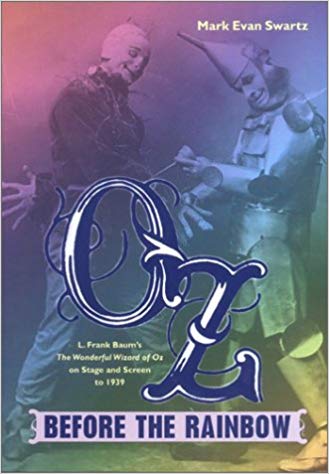
Originally I wanted to check ‘Oz Before The Rainbow’ due to some claims I had seen attributed to it concerning ‘The Fairylogue and Radio-Plays’ (an early technological adaptation of the Wizard of Oz story). I soon discovered that Swartz’ work contained relevant information far beyond my expectations. For example, it was in this book that I first heard of the ‘Uplifters’ club. More on this later.
‘Finding Oz’ (2009) by Evan I Schwartz
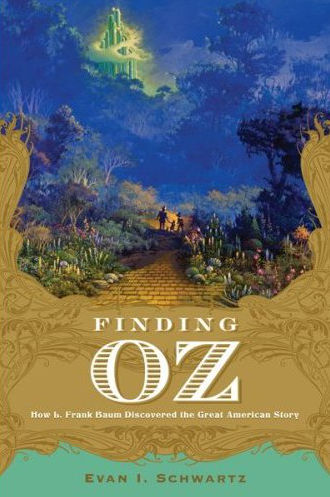
My interest in ‘Finding Oz’ was related Baum’s alleged ties to Theosophy. I saw Schwartz’ work cited somewhere as a source for information along these lines. Sure enough, the book contains detailed information and citations concerning Baum’s relationship with Theosophy. Schwartz also explains how Baum’s wife Maud was a Theosophist, as was her mother (i.e. L. Frank Baum’s mother-in-law), Matilda.
If you look through wikipedia pages about L Frank Baum, The Wizard of Oz, and related topics, you are likely to find that these two books are referenced time and again. They appear to be two of the more popular or well-cited among the myriad biographies and other books about Baum and/or The Wizard of Oz.
From what I can gather, Mark Evan Swartz and Evan I. Schwartz are not related. Given the subject matter of the authors’ books, the similarity of their names seemed to me to be a surprising (and somewhat-confusing) ‘coincidence’ at first. Knowing what I now know about The Wizard of Oz, I no longer see this as mere ‘coincidence’…
Thanks to Chad628, I have also been able to acquire a digital copy of ‘The Uplift of Lucifer’, a short play written by Baum for The Uplifters club, of which Baum was a founding member.****
‘The Uplift of Lucifer’ (1915) by L. Frank Baum
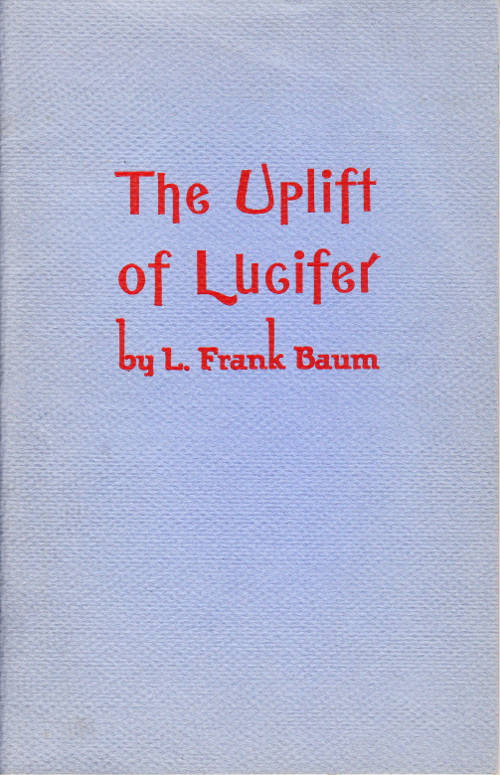
Much of my own interpretation of the Wizard of Oz -> 9/11 connection is based on information from these three sources. When time permits I will scan and insert into this piece (and future material) key passages from the texts to support my assertions.
Research Method
For now, I have tried to find other sources to make/support the same points/ideas where possible. For example, in ‘Finding Oz’, Schwarz goes into a lot of detail about the success of the television broadcasts of The Wizard of Oz from the 1950s through to the 1980s, and provides a litany of citations for his own claims. There are plenty of other sources, available online, which make similar claims, so in this piece I have instead cited those online sources where convenient.
Of course, this isn’t always practical. Some of what you will read in this series will be sourced exclusively from the three texts in question. In other words, the chain of information will look something like:
Primary source -> Swartz/Schwartz -> JLB -> You
Because Swartz/Schwarz provide ample citations/references throughout their books, an interested party is able to look further into the legitimacy of the information provided, should they so desire.
In some instances I have already done so myself, but in other cases I will not be be able to do this until I make my way to the US. For example, much of Shwartz’ work is the product of his reading through personal letters of Baum, which are presently stored at the Alexander Mitchell Public Library in Aberdeen, South Dakota. It goes without saying that I have not yet checked these papers myself to see if Schwartz has quoted them accurately (or indeed to verify that the papers even exist as claimed).
As I explain in Primary Source Research Methodology, all the earnest researcher can do is draw inferences from available information. This article is therefore a representation of the best inferences I have drawn from the information available to me. My fundamental intent is to share with you, the reader, the evidence and reasoning which has led to my own conclusions. It will be up to you to determine how compelling (or otherwise) you consider the evidence and reasoning to be.
In other words, this piece is not intended to convince you of anything. At all.
It is intended to convey to you why I believe/say what I believe/say, specifically in regards to:
*The Wizard of Oz -> 9/11 connection
*The People Who Run The Show (and their intent)
B) CULTURAL IMPACT
The Wizard of Oz (1939 film)
Most people today are familiar with the 1939 MGM film entitled ‘The Wizard of Oz’, starring Judy Garland.
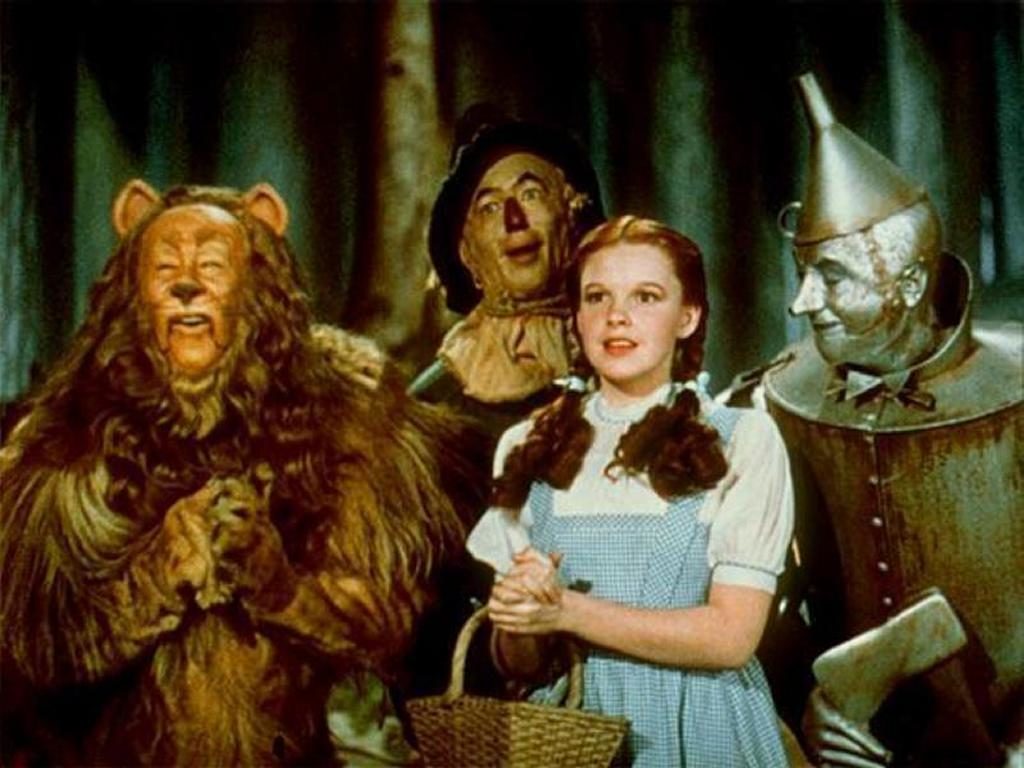
Beginning in the 1950s, the film was broadcast as an annual television special and became a cultural icon.
It was broadcast on TV for the first time as a one-off special in 1956 and enjoyed unprecedented success.
From a 2013 article in the LA Times:
…the movie really gained iconic status when CBS aired it for the first time on Nov. 3, 1956. “It changed the whole nature of that movie,” Essman said. “It became an event to see this film.”
“Bert Lahr, who had last seen ‘Oz’ at its 1939 premiere, introduced the program, assisted by Judy’s daughter, Liza Minnelli,” Stillman said. “The original 1956 broadcast was a huge success, drawing 45 million viewers.”
From a 1983 article in the New York Times:
America will be off to see the wizard again Friday night – for the 25th time in the last 27 years. Perhaps the most extraordinary record on television belongs to the 1939 film ”The Wizard of Oz.” No other single program has ever been repeated on network prime-time television 10 times, much less 25 times. And very few other television programs have been as successful. Each of its first nine years in a row, more than 49 percent of the television audience watched Judy Garland whirled by a cyclone to a magical land to meet a wizard who is a humbug. And only once has the movie been out of the top 20 shows of the week as measured by the Neilsen ratings.
From the 1950s through the 1980s, the ongoing success of The Wizard of Oz was unparalleled by any other film. For nine years straight it captured the attention of the majority of people sitting in front of a television whenever it aired.
From a 2016 article in USA Today:
Sixty years ago Thursday, a new American holiday was born. One that, for baby-boom kids, rivaled birthday and Christmas as the most eagerly awaited day of the year.
Those old enough will remember. Those too young will hardly believe what a big deal it was, once upon a time, when The Wizard of Oz came on the air for its annual network showing.
“This was the ultimate appointment-television for decades,” says film critic Leonard Maltin. “Families looked forward to this with keen anticipation. … I was certainly there, planted firmly in my seat to take it in like everybody else.”
In those days before DVDs and downloads, that single yearly presentation — starting on Nov. 3, 1956 — was a day to anticipate, dream about, count down to. For weeks in advance, TV commercials heralded the arrival of Dorothy, The Scarecrow, The Tin Man, The Cowardly Lion. On the big day itself — usually a Sunday night — all plans had to end abruptly at sundown, as we hurried home to prepare for The Big Event.
The Wizard of Oz was therefore the single most successful film on television during a period in which TV was moving from being:
*A luxury indulgence to a standard household item
*Black and white to colour
Speaking of which…
The Wizard of Oz was first broadcast in colour at a time when the vast majority of television programming was still black-and-white, and few people even owned colour television sets.
Note that colour TV had been available in the US since the 1950s.
Via a 2009 article in Gizmodo:
In 1954, RCA released the CT-100 colour television, which was the turning point for colour, despite limited sales, average performance and a high price.
The following table shows demonstrates the relative rarity of colour television ownership even into the 60s:
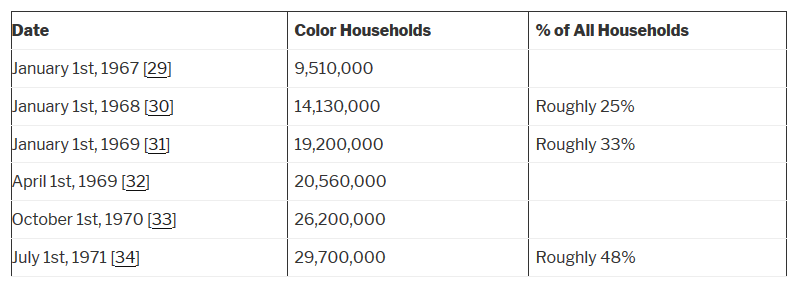
Recall that the first Wizard of Oz television special event took place in 1956, and it became an annual event beginning in 1959.
This means that The Wizard of Oz was first broadcast in colour about fifteen years before colour TV ownership had reached even 50% of households.
It wasn’t until the mid-1960s that colour programming became standard.
When the The Wizard of Oz began its run an annual television event in 1959, still only a tiny minority of households owned capable sets at the time.
In other words, once per year, every year, from 1959 onward, a special event took place in which every new colour television set was given a chance to display Oz in all of its colorful glory, even when the majority of programming available at the time was still in black-and-white.
For many people, The Wizard of Oz was thus their first introduction to the world of colorful ‘moving pictures’.
If not already apparent, the significance of this will become more clear as we roll through the series.
Recapping the key details:
The Wizard of Oz was produced in 1939.
The film was first broadcast on television in the 1950s and became a yearly special event.
These annual events enjoyed unprecedented attention and success.
This began at a time when colour TV broadcasts were the exception, not the norm, and few people owned colour TV sets.
The yearly events began in the 1950s and continued through to the 1980s, by which time colour TV had become ubiquitous.
Therefore, The Wizard of Oz was for many people their first introduction to colour moving pictures being broadcast wirelessly into their homes.
Therefore, Dorothy’s entry into Oz (through her door) was, for the masses, a collective initiation into the wonders of this technology.
The Wonderful Wizard of Oz (1900 Book)
The 1939 MGM film was based on a 1900 book entitled ‘The Wonderful Wizard of Oz’, written by Lyman Frank Baum and illustrated by W.W. Denslow.
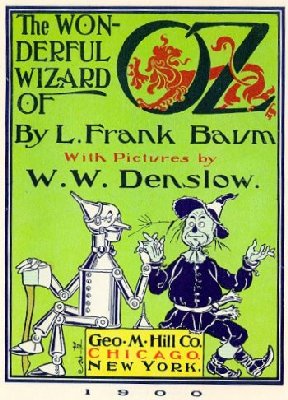
You can read and/or download a copy for yourself at the Internet Archive.
The book was a breakthrough success for both Baum and Denslow.
“The Wonderful Wizard of Oz proved to be the best-selling children’s book of the 1900 Christmas season, and it went through several printings.”
-p18, Swartz, ‘Oz Before the Rainbow’.
“…The Wonderful Wizard of Oz became the number-one best-selling book in America for the holiday season.”
-p294, Schwartz, ‘Finding Oz’.
Originally written as a standalone piece, the success of the book led to several sequels which then spawned a raft of adaptations.
From a 2010 article in the Smithsonian:
L. Frank Baum’s 1900 book The Wonderful Wizard of Oz was so popular that it spawned thirteen sequels, several stage versions, and five films before MGM made the familiar The Wizard of Oz in 1939.
We’ll take a closer look at the book later in this series.
The Wizard of Oz (1902 Musical)
The film also took inspiration from a musical production based on the book, which toured the United States for several years.
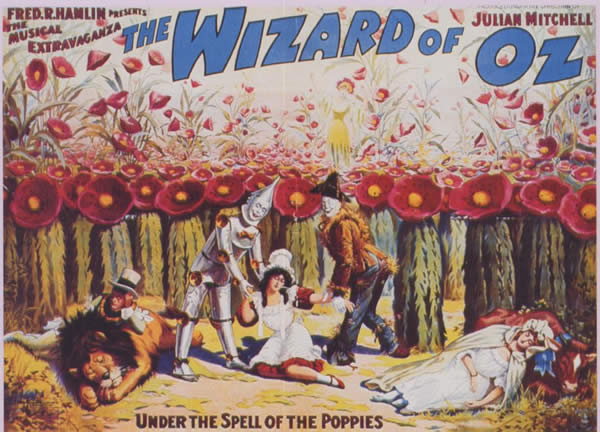
This production was hugely successful, toured the country, and ran for almost two years on Broadway alone.
From a 2011 article by the New York Public Library:
The Wizard of Oz opened on June 16, 1902, at the Grand Opera House in Chicago. It was a huge summer hit. After playing twelve weeks, it set out on a tour of the upper Midwest, then returned to Chicago for a few more weeks while Mitchell tinkered with the script and score in preparation for taking the show to Broadway…
On January 21, 1903, The Wizard of Oz opened on Broadway at the brand new Majestic Theatre on Columbus Circle. It became the favorite of a generation. The audiences couldn’t get enough… Baum’s original novel had entered the American consciousness.
The production was so successful that at its height, there were two Wizard of Oz ‘companies’, each a complete and self-contained production group, simultaneously touring the United States and performing on a constant basis. The ‘A’ company played to larger cities and boasted the well-known stars, the ‘B’ company played smaller cities and was effectively a means by which to capitalise on the success of the Broadway hit.
The play was so successful that is is credited with influencing the 1939 film:
“…the very fact that the 1939 film was conceived from the outset as a musical probably can be attributed to the success of the 1902 stage adaptation. It is perhaps not surprising, in fact, that several of the musical numbers in the two productions are similar in terms of placement and function within the story. In both the stage musical and the film, for instance, the Scarecrow and the Tin Woodman introduce themselves with songs, accompanied by dancing, lamenting their respective deficiencies.”
-p245, Swartz, ‘Oz Before the Rainbow’.
In fact, the play’s accomplishments were credited with helping to generate sufficient interest for Baum to continue writing sequel after sequel in the Oz book series:
“It no longer matters whether the popularity of the play was due to the music, the comedy, the sets, the story, to the newly developed devices for electric stage-lighting effects, or to the general novelty of the entire presentation. I any case the play undoubtedly focussed [sic?] adult attention on “Oz,” thus accelerating circulation of the book, although sales had already reached best-seller proportions. And in 1904 Baum suggested that the stage version might have been responsible for much of the popular demand that the Oz stories be continued.”
-p28, Roland Baughmann, ‘L. Frank Baum and the ‘Oz Books”, 1955 [source]
Much of Swartz’ book is devoted to exploring the success and influence of ‘The Wizard of Oz’ prior to the 1939 MGM film.
“The infiltration of the Wizard of Oz story into America’s cultural bloodstream has been, then, no overnight process, and it certainly did not begin with the 1939 film. But because that film’s grip on the public imagination has proved so strong, little attention has been paid to the earlier dramatic incarnations of The Wonderful Wizard of Oz. And yet the prevalence in their time of both Baum’s original book and these early dramatizations suggests that even the American populace was as preoccupied with Oz and its inhabitants as we are today.”
-pp. 2-3, Swartz, ‘Oz Before the Rainbow’.
How many people today are aware that The Wizard of Oz was so successful long before the hit film?
The original 1900 book was a best-seller and the first of an entire series.
The 1902 musical was a Broadway hit and toured the country for years.
In other words, decades prior to the 1939 MGM film, the Wizard of Oz narrative had already been deeply embedded in the American psyche.
Footnotes to Part I
*I visited Jake’s YouTube channel recently to find a link to ‘The 9/11 Stargate’ for this article. It turns out that Jake uploaded his first new YouTube video in more than 2.5 years just a few hours before I checked his channel. Meta-syncy.
**You can find a pdf copy of Bain’s book online. In time I will release my own reflections on Bain’s work. If you have the time to spare, and like to do your own research, I recommend you get yourself of a copy of Bain’s work. At the very least, it is thought-provoking.
*** Super Agents can read a 3,000-word draft of some of what I discovered in It’s a Small World Government After All. I will do my best to finish and publish that article to Full Members sooner rather than later.
**** More on this later. Thanks again to Chad for his outstanding effort to acquire this book, scan a copy and then send it to me.
Members can continue on to Part II.
Part II available here.
Not yet a Member of johnlebon.com?
Join now and get access to the second part of The Wizards of NY series plus:
* Dozens of hours of exclusive JLB content from from the archives including videos, podcasts and articles.
* Your name in the credits
* An invitation to the JLB Discord server and Member forum.
| Level | Price | |
|---|---|---|
| Full Member | $42.00 per Month. | Select |
| Full Member (Yearly) |
$311.00 now. Membership expires after 1 Year. |
Select |
Production notes: First published 13-Oct-2018. 3,500+ words. Originally available only to Full Members; Part 1 released to Part Members 21-Jun-2019. PArt 1 made public 17-Aug-2020 in line with ICBF News #03. Set back to entirely Member only 12-Mar-2021. Updated again 7-Sep-2023.

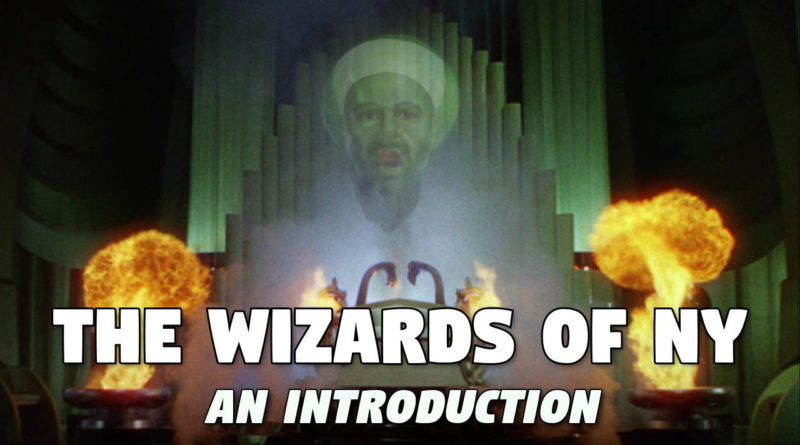
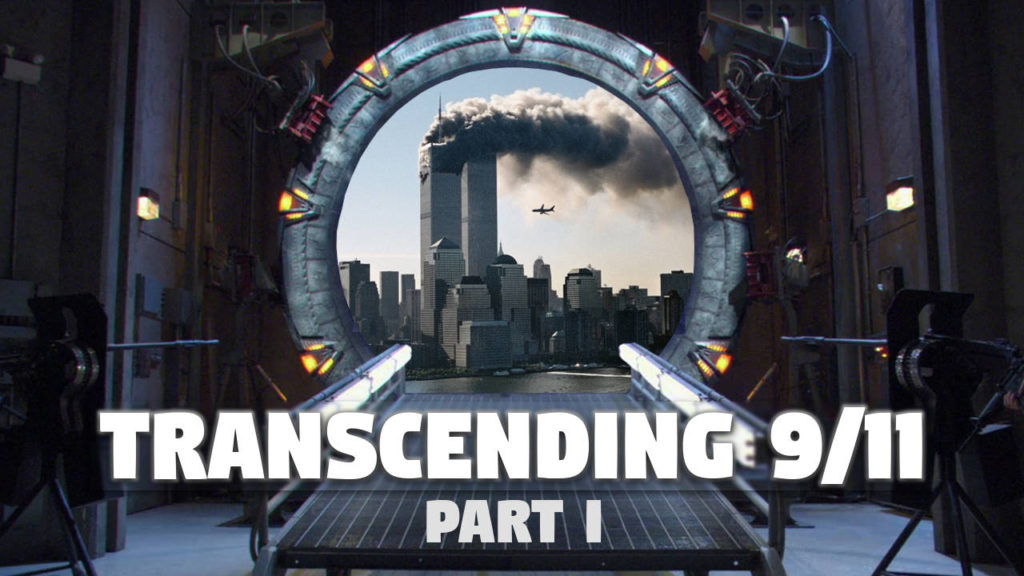
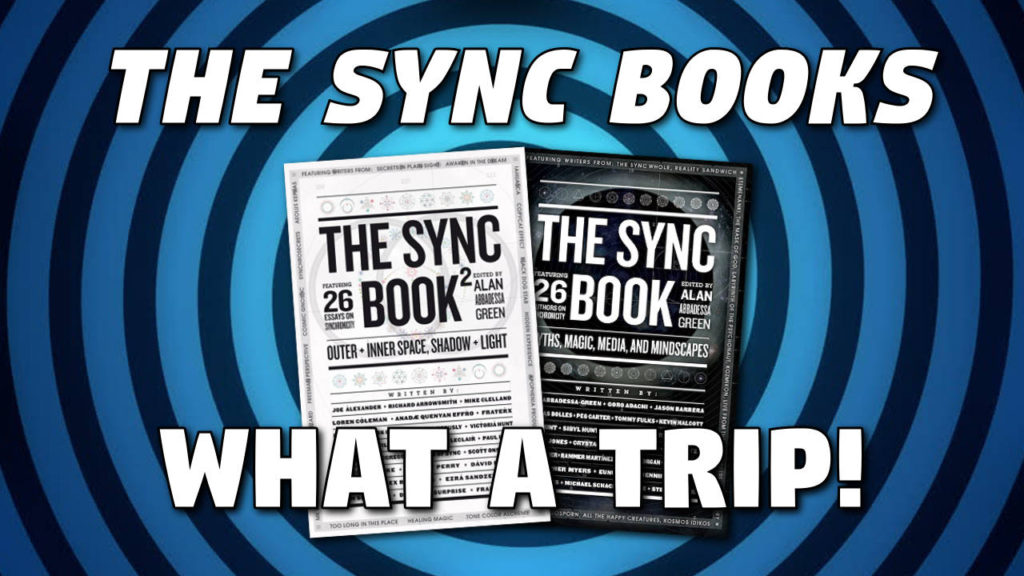
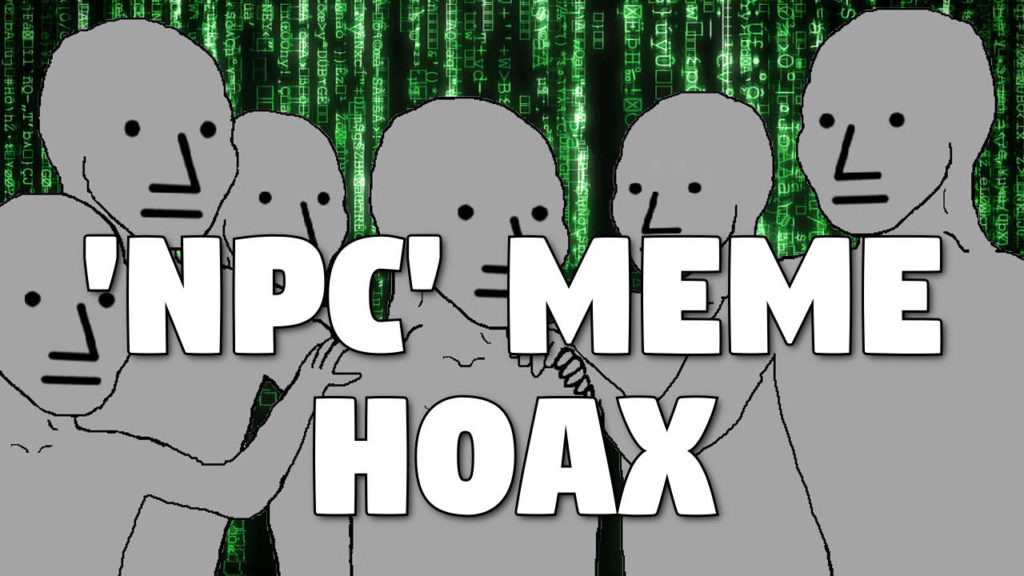
MmmKay semi synced up.
Uplift Club up to its old tricks:
The Los Angeles Times
(Los Angeles, California)
23 Oct 1915, Sat
https://www.newspapers.com/clip/21834421/uplifters_in_santa_barbara/
Also may be some pathways in here you may not have pursued
https://oaktrust.library.tamu.edu/bitstream/handle/1969.1/92231/BaumBibliography-4-2007.pdf?sequence=1
Thanks for writing this, Jlb.
It seems like you arent writing articles as often these days 🙁
Your articles and your writing are my favorite part of this whole operation.
Its awesome what you have done with the site, I just felt like giving you some shit. I had a great time going through this article, i wish I had more to go through 😭
Thank you for the encouragement, Nate. I’m glad some people are enjoying the occult/esoteric stuff. It is probably not to all peoples tastes, but to me these angles/lines are far more interesting than the hoaxes in and of themselves. My hope is that once I have finished this series, and maybe made a video about it, then even people who disagree with my conclusions/outlook, will at least comprehend where I am coming from, why I think there is nothing to fear, and 9/11 can be seen as a good thing once we shed our preconceived notions about ourselves, about humans, and about the nature of this thing we call reality.
I’m working on finishing Part II as we speak. Should have it released by this afternoon (my time). Parts III and IV will be done by the middle of next week.
As for written content, remember that there is a fair bit to read on the Purgatory Pieces page, and also three unfinished articles on the Super Agent page.
Once I get myself settled in Chiang Mai / Tallinn / wherever the hell I am going next, I will get back into releasing written content more often. Right now it is difficult to allocate time to it, because research-intensive writing takes so much time. For this series alone I have had to read and note-take from (i.e. truly study) two separate non-fiction books (and also skim a third). And that’s just the hard-copy stuff.
This is the difference between what I do and what all of the wannabe gurus (clowns) in the ACT realm do. I can’t even take those idiots seriously anymore. They wouldn’t know actual research if it jumped out of the ocean and took a chunk out of their backsides. Do any of them even read books? I know Jay Dyer does. Who else?
The wannabe gurus are “Actors” they learn their lines ..
Do any of them even read books? ah I think you are in a minority JLB ,you never know it might catch on if enough challenge the wannabe’s publicly..
But for now you are the trend setter it seems… at least if you are challenged you can show your methodology ,,
Looking forward to your second part, every time I dig into Oz I keep seeing something new, its as if a group started with a blank sheet and decided to establish the entirely new sociology program .. its very cleverly structured all the way down to the nursery rhymes we grew up on..
Thanks for your efforts they are appreciated
Thank you very much, Phil. I appreciate the encouragement. Especially as I am sitting here, doing my thing, in a cafe on the outskirts of Brisbane watching parents feed their children shit and and listening to mind-numbing pop music.
https://www.youtube.com/watch?v=zXt56MB-3vc
WATTBA.